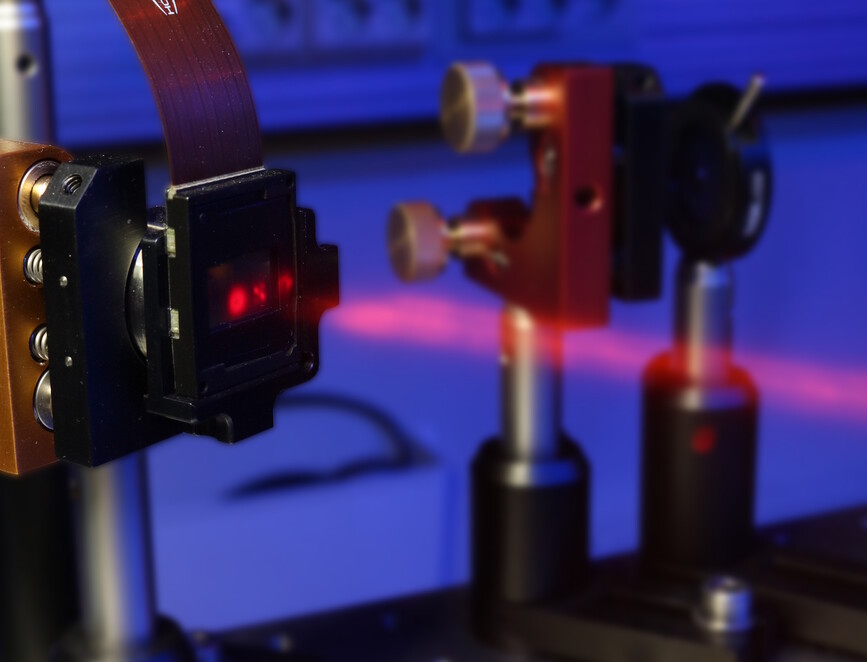Quantum revolution takes a leap forward
24.01.2020
Technological progress over the last century has enabled the processing and distribution of information in faster and more efficient ways. Termed the “digital revolution”, the effects thereof cover almost all areas of our everyday life. While many technological devices that have triggered this development, such as lasers and transistors, are already based on quantum physical effects, many experts expect that in the new century quantum physical laws will also enhance the way we process and distribute information itself. The ongoing transition from classical to quantum information science is often labelled the “second quantum revolution”. Here, one of the key driving forces is the ever-increasing ability of scientists to generate, manipulate and measure (ensembles of) individual quantum systems in order to harness them as carriers of information.
In close analogy to the classical information unit, a two-valued bit, the most common quantum information is called qubit. The processing of qubits relies on a few fundamental operations called quantum gates. For some systems, the implementation of such operations is already well established. Quantum technology has taken major strides recently, with a quantum computer achieving quantum supremacy and for the first time, surpassing the performance of conventional devices, and with the arrival of satellite-based quantum cryptography.
Quantum information can also be encoded in larger digits as information carriers that can take more values than only 0 and 1.
“These so-called high-dimensional quantum states show advantages such as increased information capacity, strengthened noise resistance, and improved communication security”, says Marcus Huber, group leader at the Institute for Quantum Optics and Quantum Information - Vienna (IQOQI-Vienna) of the Austrian Academy of Sciences.
To harness these benefits, high-dimensional quantum gates that perform complex operations on high-dimensional quantum information are indispensable. Similar to their binary counterparts, these gates can act as future building blocks for more advanced high-dimensional quantum information technologies. The team of researchers from Finland, Canada and Austria has made an important step in this direction.
“We experimentally demonstrated a technique that enables arbitrary manipulations of high-dimensional quantum states including fundamental high-dimensional quantum gates”, describes Florian Brandt, first author of the study.
The physicists used the spatial structure of photons, which are single quantum systems of light, in order to encode the high-dimensional information they were looking to manipulate. By cleverly shaping the spatial structure of the photon by means of carefully designed computer-generated holograms, they were able to achieve high quality transformations while maintaining maximal flexibility and versatility.
“We hope that this experiment might trigger new pathways in the field of optical quantum communication and computation”, explains Assistant Professor (tenure track) Robert Fickler, group leader at Tampere University.
"High-dimensional quantum gates using full-field spatial modes of photons", Florian Brandt, Markus Hiekkamäki, Frédéric Bouchard, Marcus Huber, and Robert Fickler, Optica (2020)
DOI: https://doi.org/10.1364/OPTICA.375875
